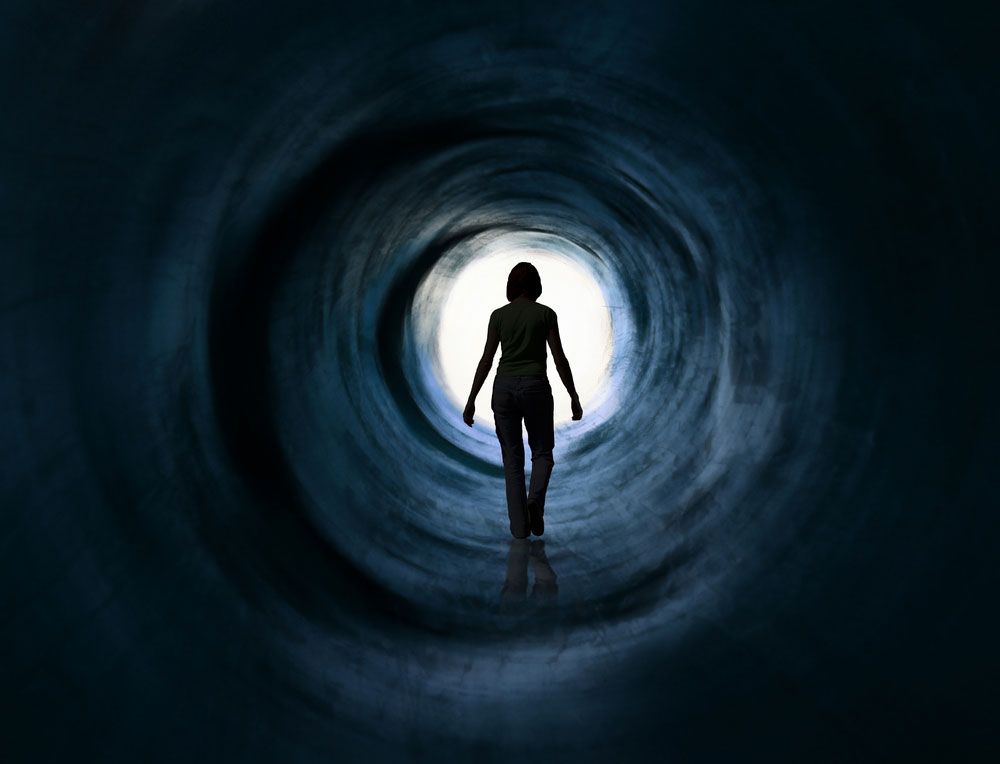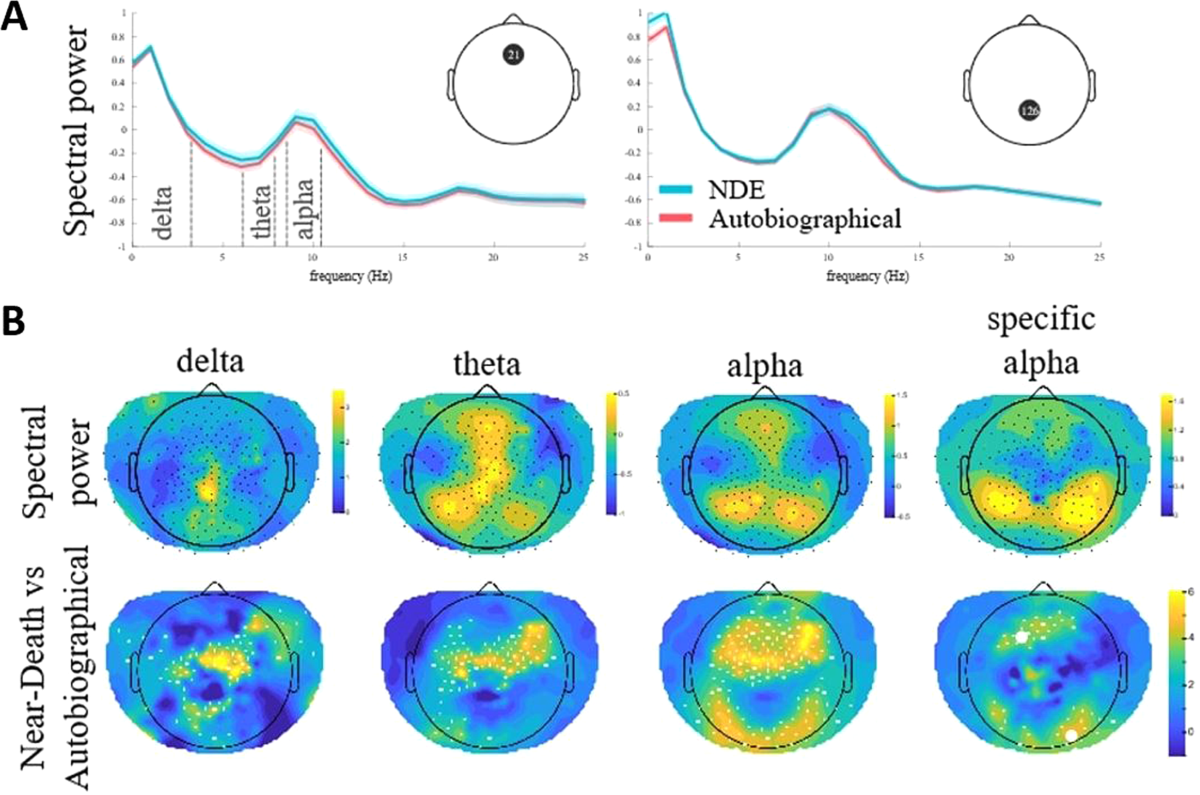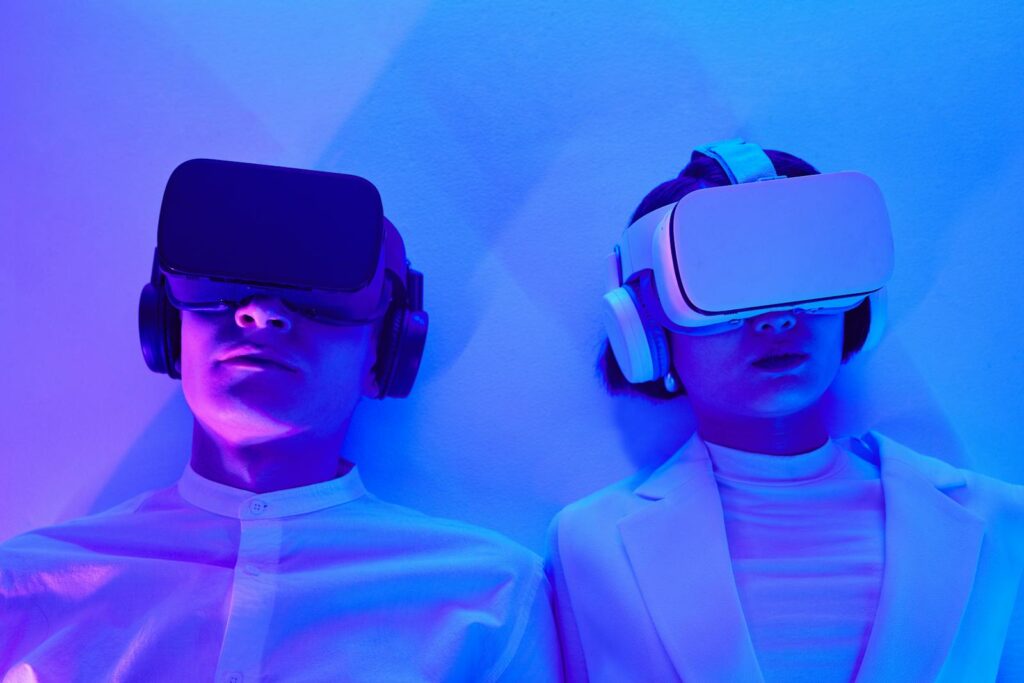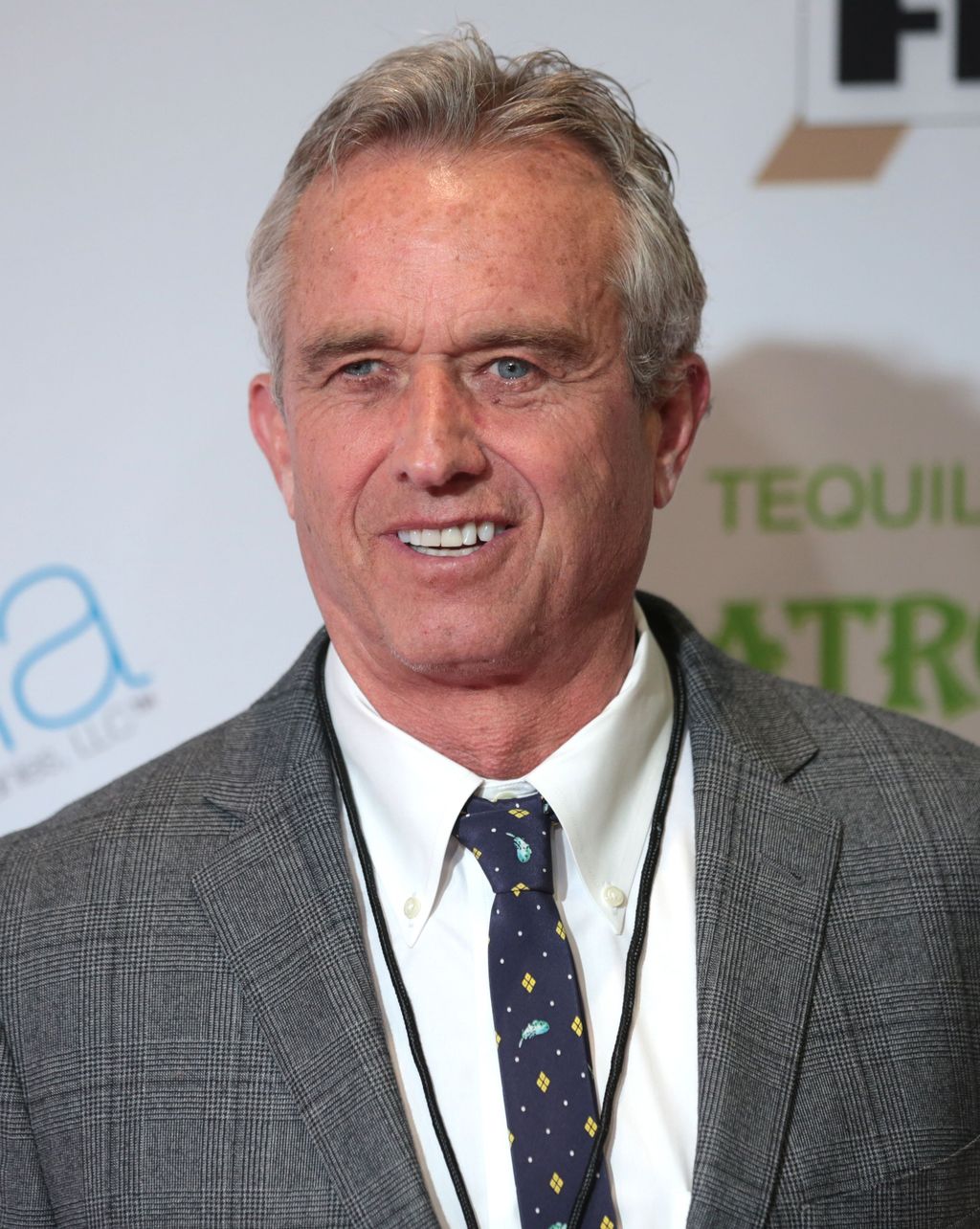
For ages, folks told tales about dying and coming back. These accounts from death’s edge sounded vivid, often defying easy sense. Near-death experiences, called NDEs, along with terminal lucidity, make us question consciousness. They ask if the mind lives without a body. What happens when the brain fails near death? These questions are quite profound.
Think about terminal lucidity; it happens, but not often. Alexander Batthyány studies this less-known event intently. He talks about a German lady with advanced Alzheimer’s. She did not know her family anymore or seem to care about the world. Yet, one day before her passing, she recognized them. She asked about the year they just had. In moments like these, people seem lost but regain clarity. It shows in about 6% who seemed permanently unconscious. Batthyány thinks studying this is key. It seems against the idea that the mind is just the brain dying.
Near-death experiences share this puzzling nature. Folks close to dying who live through it report these. NDEs often involve deep, personal feelings and sights. Dr. Raymond Moody popularized them later, but they are not new. Dr. Gregory Shushan gathered stories from many times and places. These go from old China to Ghana in the 1800s. It suggests everyone might have these brushes with beyond life. Even old pictures, like Hieronymus Bosch’s painting, show this. A Swiss geologist, Prof. Albert von St. Gallen Heim, wrote down climber stories. They almost died in the 1800s, adding to early records.
These old and worldwide stories share similar parts. People feel they leave their body for a bit. They often see a very bright light or go through a tunnel. A quick look back at their life happens sometimes. Folks often feel huge peace and relief. Modern survivors’ words sound much the same too. Leanda Pringle said she floated above her body. She felt everywhere and nowhere all at once. She felt great joy when a presence came near. It was beyond anything she felt prior. Tommy McDowell, an army veteran who retired, felt huge calm then. He saw shining crystal light. He felt old hurts, regrets, and loss just fade out.
Lots of scientists were not sure about these stories for years. They looked for simple reasons from psychology or the body. A recent article talks about how studying NDEs changed. Treating them scientifically often meant trying to prove they were false early on. Like in 1999, British psychologist Susan Blackmore doubted they changed lives uniquely. She said facing death causes change, not the NDE itself. Canadian writer Jay Ingram felt many people found the idea of real NDEs upsetting in 2005. Yale psychologist Paul Bloom probably said what others thought. He said souls are not real if they live apart from the brain. Most experts thought this already.
But this way of just ignoring things started changing some. More and more studies have happened. While not saying minds live outside bodies, research grew neutral. Scientists now look with real interest more than before. The easy answers from thirty years ago no longer satisfy many people. Brain scientists are now looking at the brain during its final moments. They want to see if strong feelings come from big brain changes.
Something important happened in this field recently. Researchers at the University of Michigan published findings in 2024. They looked at brain recordings from four patients dying. These people were kept alive by machines. Brain waves were checked with a machine called an EEG. Dr. Jimo Borjigin’s team noticed something striking. Two patients showed a burst of brain activity right after the machines stopped. This final surge was seen in rats before; this was the first in humans, though.
This burst scene was quite interesting to them. It happened in the gamma wave frequency band. This band often connects to being conscious. The activity gathered where two brain parts meet, temporal and parietal. These areas matter a lot for processing conscious thoughts. Also, there were signs it linked to the front part of the brain more. That front part helps with thinking and choosing things. The scientists wrote the study strongly hinted the dying brain could be active. Dr. Charlotte Martial calls these findings really intriguing. She says they link the dying brain study to NDE research. She thinks this burst of activity might explain the strong experiences during NDEs.
Still, Martial gave a warning about the Michigan study too. A big limit was that none of these patients lived to share their experience. So, nobody knows if they had NDEs during this activity surge. What this surge means for feelings is still something we need to figure out later.
More understanding of NDEs comes from looking at animals. Rats had studies done on them. Animals cannot tell us what they feel inside. Rats running out of air, like when a human’s heart stops, were studied. Studies showed a massive release of brain chemicals as they died. Borjigin’s group saw air loss in rats make brain chemicals surge fast. These included chemicals like dopamine and serotonin. Serotonin levels went up hugely. It hit 20 times the normal amount in just two minutes after losing air.
We know these chemicals affect feelings, seeing, and dream-like states. Scientists suggest this large rise of chemicals near death might cause NDE feelings. The rush of strong brain chemicals could explain peace and intense sights. These are things NDE survivors often tell about happening to them.
Other proof that brain changes can feel like NDEs comes from drug studies. Drugs like LSD and DMT work on brain chemical receptors. These are like the ones affected by the dying brain’s chemical surges. These drugs can make people feel things like NDEs. This includes floating outside their body or seeing bright lights. They also cause big changes in how people feel or see things.

Dr. Charlotte Martial was part of a group who studied this. They compared the feelings of healthy people taking DMT to others taking fake drugs. Those taking DMT said they felt things much like people who truly had NDEs. This included feeling outside the body or seeing a bright light. This made Martial suggest our body might make chemicals. These chemicals could act like DMT or other drugs. They might release in scary times, like when someone has an NDE. It means the brain under big stress, like low oxygen, might naturally make chemicals. These chemicals could start NDE-like states. This gives a brain-based idea for the NDE puzzle.
These studies, checking brain bursts and chemicals released, offer ideas. They look at a view that mind comes from matter. They try to explain NDEs as complex brain events when life ends. They go past just saying NDEs aren’t real. They look deep into the dying brain’s complex actions. The goal is to understand the visions people describe at life’s very end. While they give good ideas about body parts working during NDEs, they also bring new questions. They face challenges explaining all the different surprising NDE parts. This sets things up for more talk and study. The search to figure out NDEs keeps going. Both scientific interest and the big meaning of these experiences drive it. These hold meaning for what we know about living, dying, and being aware.
The NEPTUNE model is one idea from brain science. It came from a group studying comas at Liège University. This model suggests NDEs are a series of brain and feeling processes. It says scary events, like not getting enough air, change the brain. This leads to more brain chemicals and excitement in certain parts. These steps, they think, could explain the strong feelings, peace, and out-of-body parts of NDEs. Looking at this brain step with old ideas about living things helps too. The model hints it might help us cope when life is in danger.

Still, some scientists and thinkers are not fully sure. They think just explaining NDEs by brain science is not enough. They point to parts of NDEs hard to explain with just the brain. They suggest maybe something more is happening at death’s door. This idea says maybe consciousness is separate from the brain. It could keep working even if the brain is badly hurt or seems stopped.
The argument between brain-only ideas and separate mind ideas is key here. The first looks in the brain for answers. The second opens the door to a special mind that doesn’t need a body. More and more study, looking at the dying brain and survivor stories, keeps this going. It pushes what we think we know about consciousness and life’s last moments. It is an exciting time looking into these big secrets. Even if clear answers are not easy to find right now.
Science study dying brains is new field of research interest. It looks at electrical activity and brain chemicals released then. These brain events might explain NDEs part for some expert. But not all experts fully agree explanation enough. Some say just brain view not covers everything found. Hard parts of NDE stories challenge this brain view idea often. Maybe more happens than just body changes as life leaves completely.
What challenges brain-only idea strongest? Things like terminal lucidity and NDE experiences does it strongly. Materialists say mind is brain does action. It stop soon as brain fails physical. Alexander Batthyány study terminal lucidity case example. People with severe damage get clear just before death.
Some think mind doesn’t need brain exist at all times. This view is called dualism theory often. Batthyány calls it a protected consciousness layer idea. Normal mind hides this layer away perhaps from view. It comes out again in life’s final seconds or minute. This view explains tunnel lights, loved ones, peaceful feelings seen during NDE events. But Batthyány knows science proof is not yet strong for this idea currently.
Dualism ideas were more common in NDE study early on. Rigorous science for strange NDE stories felt hard to get for years. Teams like Coma Science Group build brain models today using tech. But can mind live without brain still question is asked. Anesthesiologist Luján Comas has seen many case patients have NDEs. He says people have NDEs when brain flat with no signal activity showing. Hardest part for physics ideas veridical perceptions be.

NDE people say they see impossible things in their spot sometimes. Their unconscious or brain activity was a low reading. Others later checked and confirmed their visions, they say, happened. Bruce Greyson became interested in this personal way. The patient saw a hidden tie stain out of the body once, the story says. Brain surges seem not to explain getting this information from outside. Janice Holden also questions brain-only explanations completely.
She says small brain surges cannot cover NDE complexity and detail. Verified perceptions challenge brain view strong points. How does a gamma wave spike explain seeing leg cutting next door? she asked. Doctor Charbonier wrote this specific case example in the book. This example shows a problem for the brain-only theory being complete. Charlotte Martial, a neuroscientist, speaks too on this point. She says these verified sites are not yet fully proven in studies.
But possibility is not dismissed by the research team. The non-local consciousness idea could be true yet, perhaps. Her team tests this by hiding things in hospital room objects. Can patients see a signal during a medical crisis time? she asked. But current machines cannot directly check if the mind exists away from the brain structure at all. NDEs change people in deep ways emotionally. This aftereffect is often reported by people.
Survivors’ memories are very intense and clear. Most say they feel like a totally different person after it happens. Janice Holden puts these changes into list areas. It shows how NDEs affect life long-term. Big changes are psychological for sure. Attitude toward death alters dramatically soon. Many survivors are losing fear of dying completely.

Values get rethought often quickly. People care less about stuff and more about other humans and world things. They focus on love and mostly non-physical things. Holden finds spiritual changes too often. More interest in spiritual ideas grows big inside them. This does not always mean organized religion joining is necessary. Body changes sometimes happen also, but talk less, maybe.
Sleep pattern and light sensitivity can change too sometimes after an NDE event. Social life can be hard after an NDE happens to a person. Married survivors are more likely to get divorced than others. They change friends, groups, and jobs often to align with their newfound selves. Not all NDEs are happy or good at all times. Some scary visions or feelings are nothing existing at all. Patients need help after they experience critical events.
Medical systems often ignore NDE stories patients say happen. Patients might be sent to psychiatric care only sometimes, unfortunately. No support leaves them with questions not answered, feeling limbo status. Some link NDE spiritual ideas to quantum physics theory that is proposed. Surgeon Manuel Sans Segarra used it for the immortal mind idea proof was made. But a physics expert says this link is a strongly challenged point of position. Alberto Casas says quantum physics cannot explain these events ever.
The brain system is big, not small-level like quantum. Quantum effects are lost in big systems like brains, I argue. Ideas about brain connection via entanglement don’t work; physicists say so. Even if entanglement happens, no real info gets across from point A. The dualist view gives comfort and hope for life’s end for people. Brain-only ideas often lack this comfort part feel. Luján Comas talks openly about this need.
NDE gives hope life continues after the body fails in a sense. It gives hope to meet loved ones again at some later point someday. Should scientists take this helpful hope away from people who find it useful? Batthyány thinks universal NDEs maybe help us cope with the threat of death that happens always. The need for human comfort seems to never fully stop or end. The science community shows more curiosity now about NDE things today. This is a good change from being skeptical the time before this point.
Researchers use a new way to study this experience now. Virtual reality is one promising option now to try to study NDEs. The Barcelona team made a VR experience like NDE to feel a sense. It shows out-of-body, life review, and light tunnel parts of the experience. VR study results show good promise signs seen. People became more kind and less greedy after the VR trial was finished. Project Light in Barcelona is a long-term, important study group.

It tracks life changes after cardiac arrest events happen. Luján Comas leads this eight-year effort program study. It looks for real proof of lasting NDE transformations that happened to people. These studies ask interesting questions for science-minded explorers. Peter Fenwick saw more people share deep death experiences soon before he passed. He went from doubt to believing something more is true about it. People sharing helps researchers look at this area deeper.
Brain experts and those who ask about mind beyond body learn much here now. Debate about the brain only because NDE goes on for many. But NDEs impact people’s lives emotionally powerfully; always stay true. Leanda Pringle said her life was never like before the NDE happened to her. She thinks she brings back part of that NDE place’s essence. These stories make us keep looking for answers near the end of our lifetime and constantly search.
Related posts:
Flashes of lucidity before death: The debate shaking up neuroscience
Evolution News and Science Today
I died for eight minutes… my encounter proves the soul never dies





